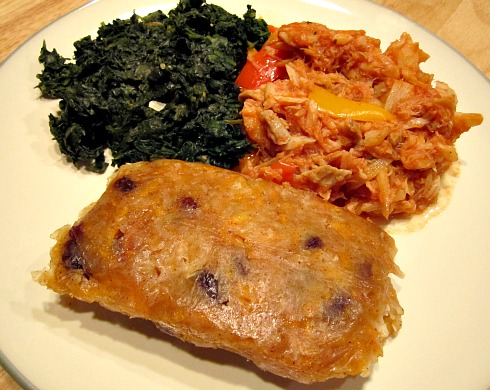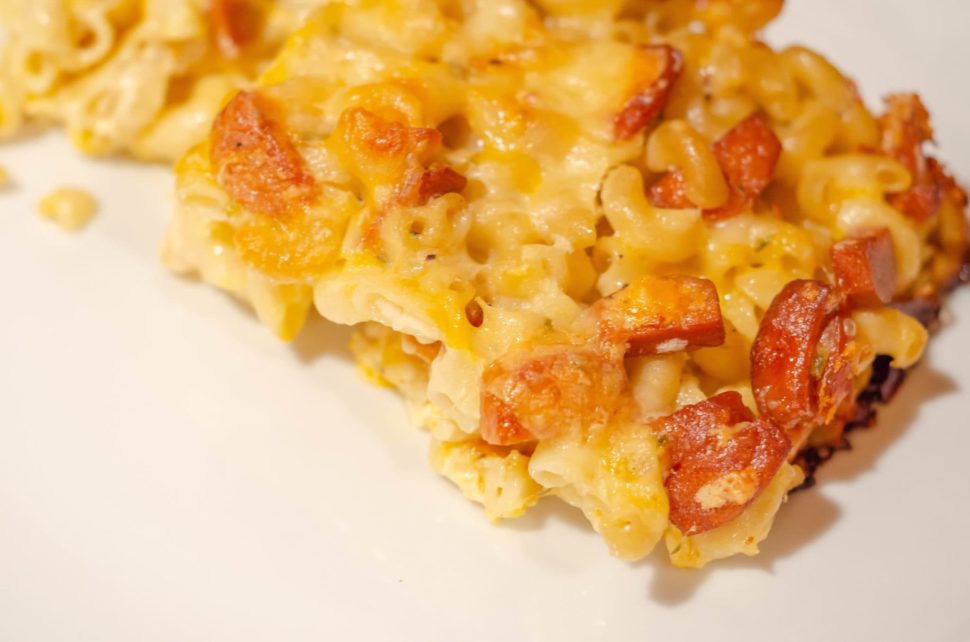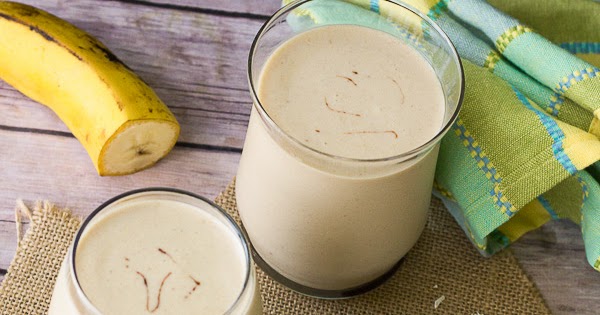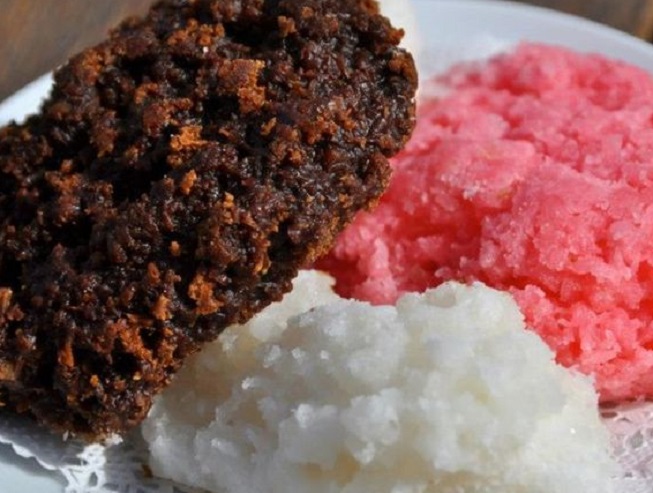The Caribbean island of Antigua was built on the concept of food. In fact, Antigua was first settled as a haven for rum distilleries and sugar plantations.
Today’s Antigua is a foodie destination because of its fresh seafood, top-notch rum, and flavorful dishes.
Although Caribbean islands have similar dishes, they all differ and have their own unique spin on cuisine.
Crops of corn, sweet potatoes, guava and chili peppers were brought to Antigua by the indigenous Arawak people.
Food on the island isn’t spicy and that is probably a result of Spanish and British influence after arrival on the island. The cuisine is also strongly influenced by West African foods because of the slave trade.
Since the 1930s, immigrants from Syria, India, Lebanon, and China have influenced the food in Antigua making it one of the most diverse islands in the Caribbean.
These are the foods you must try when in Antigua:
First things first, you have to know the national dish!
Fungie
Antigua’s national dish is called fungie (pronounced foon-ji) and is usually served for breakfast. Fungie is sometimes referred to as “Antiguan polenta” because it is similar in ingredients and texture. This dish is made out of cornmeal which is cooked with water and peppers and has the consistency of mashed potatoes.

Fungie is usually eaten in a bowl with saltfish or a meaty stew.
Conch
Pronounced as conk, this is the meat found in spiral shells found on the beaches in the Caribbean. It can be eaten raw, in curries, as fritters, and in chowders. Conch fritters are a favorite amongst locals and tourists.
Ducana

Ducana is similar to tamales. It is made by wrapping grated sweet potatoes and coconuts into a banana leaf. The banana leaf is then steamed. The taste is both sweet and spicy and can be eaten with saltfish.
Black Pudding

Also known as rice pudding, this dish is influenced by the British. It is a sausage made of blood, pork blood, to be exact. The blood is mixed with offal (organs of meat), rice and seasonings.
Johnny Cakes
These are fried balls of bread. They are usually eaten for breakfast with saltfish.
Saltfish
Saltfish is white fish, usually cod, which is then preserved with salt. Antiguans cook saltfish with onions, tomatoes, and garlic.
Chop-Up
Vegetables like pumpkin, callaloo, eggplant, and okra are mashed together to make up chop-up. It’s the perfect option for vegas. It can even be eaten with saltfish.
Antigua Black Pineapple
Black pineapple is the official fruit of Antigua and Barbuda and is even on the island’s coat of arms. It is considered to be one of the sweetest pineapples in the world. The skin is green, even when ripe, so you may need a local’s help when picking this beloved fruit.
Seasoned Rice

This rice dish is made with celery, onion, pork, and red beans. The pork fat gives it loads of flavor — hence the name seasoned rice.
Souse

Souse is a cold soup made with pickled pig feet and onions, garlic, hot pepper, and lime.
Goat Water
Goat water has a misleading name. What many may think is a soup, is actually a hearty stew. Goat meat is cooked on the bone with cinnamon and cloves for hours. The soup is usually served in a cup.
Macaroni Pie

This side dish is usually eaten with meats and stews. The macaroni pie in Antigua is served sliced (like a pie) and served cold.
Shawarma

Remember I mentioned the influence immigrants had on food in Antigua? Believe it or not, shawarma is a food you must try when in Antigua. The meat is cooked on a rotating spit then sliced off and put into a pita bread accompanied by sauces.
Pepperpot

Pepperpot is a vegetable stew made with salted meat. It is served with the national dish, fungie.
Roti

This type of flatbread is stuffed with a filling (either meat or vegetables) which is cooked in curry.
Lobster
You can’t come to Antigua without trying their lobster. Lobster season is from July 1 – April 30 in Antigua. May 1 to June 30 is mating season and it is illegal to sell lobster during this time. The lobster is usually grilled then cooked in garlic and lemon butter.
Now that we’ve found food…it’s time to drink!
Here are non-alcoholic drinks you should try when in Antigua:
Seamoss

This health drink is made from a seaweed called agar. The seaweed is cooked to a gelatinous consistency and then water, vanilla, and spices are added to it. It is said to boost your energy.
Peanut Punch

Peanut punch is basically drinkable peanut butter and tastes so good! The drink is made out of peanut butter, ice, milk, and sweetened condensed milk. All the ingredients are blended into a light, smooth consistency. Some people add honey, nutmeg, banana and vanilla essence to their peanut punch.
Bush Tea
Locals make bush tea by taking herbs and spices from their yard and making tea out of it. All you have to do is pour boiling water over the herbs (ginger, mint, lemongrass) and let it steep for about two minutes.
Ginger Beer
Homemade ginger is both refreshing and delicious in Antigua. Ginger is made using ginger, water, sugar and a dash of vanilla essence.
Mauby

The mauby tree is grown in many Caribbean islands. The drink is made using the bark and leaves of the mauby tree. The drink is comparable to soda but has a bit of a bitter aftertaste.
Now here are the drinks with alcohol:
Rum
Of course, rum is extremely popular in Antigua and great quality. The two major rum distilleries in Antigua are Cavalier and English Harbour.
Rum Punch
The beach is more enjoyable with a rum punch in hand. Rum punch is made with rum, lime, sugar syrup and bitters.
And for those with the sweet tooth, here are desserts you have to try when in Antigua:
Fudge
Fudge is made using sugar, butter, and milk. The ingredients are then cooked and beaten until the texture is smooth.
Peanut Brittle
Peanut brittle is made from caramelized sugar and water with peanuts. The brittle is old in chunks or bars.
Bread Pudding
Bread pudding is made with cubed white bread, egg and milk. It is then seasoned with cinnamon, nutmeg, ginger, and vanilla. It is served with a warm rum sauce.
Coconut Sugarcake

This is one of the most popular desserts found in Antigua. It is made from grated coconut, sugar, water, and ginger. Many people add food coloring to make the cakes bright and pretty.
For an exclusive guide to where to eat, what to do, and what events to attend in the Caribbean, join Travel Noire Plus, your key to all popular travel destinations.





